The great Human Power Plant experiment
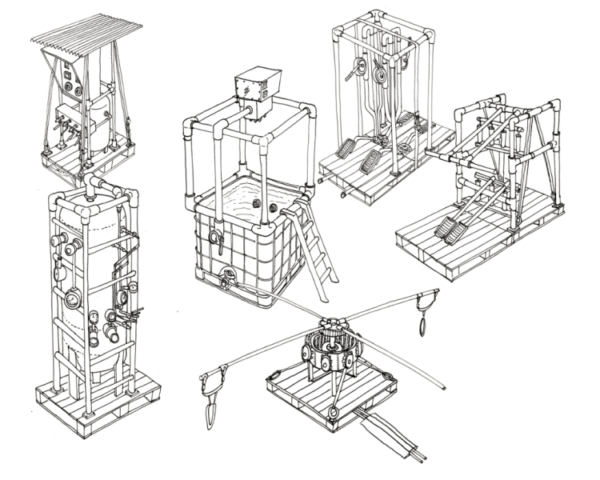
Taking pedal power to a whole new level, an ambitious project will see the conversion of a 22 floor building into an entirely human powered community of 750 students at Utrecht University in the Netherlands. Dubbed the Human Power Plant, Kris de Decker of Low-tech Magazine and artist Melle Smets will lead a team exploring the feasibility of modern human energy production in what promises to be both a technical and social challenge.
So why human power? In his article “Could we run modern society on human power alone?” Kris de Decker writes:
Compared with fossil fuels and renewable energy sources, human power has a lot of advantages. A human can generate at least as much power as a 1 m2 solar PV panel on a sunny day — and as much as 10 m2 of solar PV panels on a heavy overcast day. Human power is a dispatchable energy source, just like fossil fuels. Its power output is not dependent on the season, the weather or the time of the day. In fact, humans can be considered renewable energy sources and batteries at the same time.
Unlike fossil fuels, human power can be a clean energy source, which produces little or no air pollution and soil contamination. Moreover, the potential of human power increases as the human population grows, while all other energy sources need to be shared among an ever-growing amount of people. Furthermore, unlike solar panels, wind turbines, and batteries, humans don’t need to be manufactured in a factory. In combination with the right diet, human power is carbon neutral.
Finally, humans are all-round power sources, just like fossil fuels. They not only supply muscle power that can be converted to mechanical energy or electricity, but also thermal energy, especially during exercise: a physically active human being can generate up to 500 watts of body heat. Furthermore, human waste can be converted to biogas and fertiliser. Arguably, human power is the most versatile and most sustainable power source on Earth.
And how exactly will the building work?
According to the building plans, the pre-existing 22 storey building will be converted into numerous distinct sections. There will be a biogas plant in the basement recycling food waste and excrement into additional fuel; 3 floors dedicated to communal energy production; two floors as communal kitchens; a further two as communal shower and laundry areas; and 15 floors containing the 750 individual student rooms.
In order to enjoy hot showers, power their laptops and use the washing machines, it has been calculated that each student can expect to dedicate an average of 2 to 6 hours each day to energy and heat production, depending on the time of year and their own individual and communal priorities and preferences. The project’s website states the following:
A human powered student community has enormous potential for a reduction in energy use. If students have to generate their own power, they are much less likely to waste it. How far would students go to reduce their efforts? Would hot showers go out of fashion? Would salads be the next culinary trend? Would typewriters make a comeback?
Energy use is also lowered by encouraging the communal organisation of daily household tasks, just like in the old days. Finally, the human powered student community applies low-tech solutions, such as fireless cookers, thermal underclothing, and heat exchange showers, which all maximize comfort in the context of a limited energy supply.
The Human Powered student community is not only 100% sustainable, it also promotes better health and fitness, as well as more social cohesion.
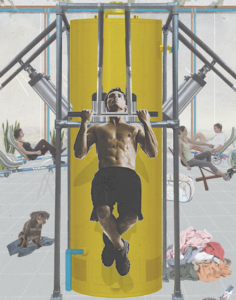
The students will be using specially designed exercise machines to generate power, with a jacuzzi as the key element to actual production. This is because the system is designed using pressurised water as the energy carrier, as explained by Kris.
The kinetic energy produced by humans and their pets is pumped into a pressure vessel, which produces water under pressure that is led to water turbines which supply mechanical energy and electricity. The jacuzzi is the receiving reservoir of this closed system.
With the choice for water under pressure, we want to make energy more visible and audible. More importantly, however, it allows us to produce electricity without the use of batteries and electronics — which are not sustainable components. In our human power plant, the hydraulic accumulator takes the place of the battery and the voltage regulator. Small variations in human power production can be smoothed out, keeping the voltage constant. Longer term energy storage is provided by the humans themselves.
Aside from the technical dimension of the project, it is the social element that is perhaps all the more intriguing. A time schedule will keep them informed as to when they should produce electricity or perform other communal services but will the student residents be sufficiently motivated to maintain their 100% fossil fuel-free existence? Great care has been taken at the design stage to ensure that the machines are as fun and efficient to use as possible, ideally with the opportunity, unlike in many modern to gyms, to socialise whilst exercising. Kris states that:
To make power production more social, we decided that power producers should be able to talk to each other. They can even bring their pets to help with power production, creating a cosy and home-like atmosphere. This is not a new idea: dogs were commonly used as a source of mechanical power in pre-industrial times, and also provided their owners with a source of warmth.
For some, it may seem the ideal student accommodation solution, a unique chance to combine community, fitness and environmental responsibility. Time will tell as to whether this is the future for autonomous renewable energy production on campuses across the globe. In the meantime, Kris and Melle will be updating both Low-Tech Magazine and the Human Power Plant website with news about progress towards this exciting venture.
Full details of the project can be found using the above links, with a full list of the project partners available here. With thanks to Low-Tech Magazine for permission to reproduce excerpts for the original Low-Tech Magazine article by Kris de Decker.
The views expressed in our blog are those of the author and not necessarily lowimpact.org's
7 Comments
-
1Dave Darby June 22nd, 2017
Fantastic! But ‘each student can expect to dedicate an average of 2 to 6 hours each day to energy and heat production’ – seems like they’d have to recruit some pretty dedicated gym bunnies to power the place?
-
2Sophie Paterson June 23rd, 2017
It certainly does seem that way, yes, although no doubt significant effort will be made to reduce demand for energy as far as possible as a result. More detailed information about the power generation process is available at http://www.humanpowerplant.be/2017/06/power-generation-floors.html#more. Apparently there will also be live music and pets are encouraged to join in, too!
-
3treaclemine2011 July 21st, 2017
“Unlike fossil fuels, human power can be a clean energy source, which produces little or no air pollution and soil contamination. ”
But humans are fuelled by agricultural production, which can be highly polluting. Please give the calculation of human energy eco-footprint, depending on diet and agricultural methods e.g. intensive animal farming.
-
4Dave Darby July 22nd, 2017
Yep, that sounds easy enough. Give me five minutes.
Joking aside, two sources of information like this.
1. Simon Fairlie at the Land magazine – http://www.thelandmagazine.org.uk/. You can see some articles online, but as it’s the best magazine in the world, it’s worth subscribing.
2. Chris Smaje at Small Farm Futures is coming up with interesting figures around food and land. http://smallfarmfuture.org.uk/. Well worth a look too.
-
5treaclemine2011 July 24th, 2017
Indeed. I think the original article has its figures wrong, though I support the concept.
-
6Theresa Munson October 31st, 2017
It’s a fascinating topic. I did think years ago that gyms should be plugged into the grid as a potential source of energy, on the basis that every little helps. I do think,that if we were responsible for physically generating even some of our own power, we might not squander so much of it. I think that goes for everything we consume – clothes, food, furniture… And the further away we get from the source of everything we consume, the less meaning it has in our lives.
-
7Fi April 30th, 2019
treaclemine2011 – Sorry reply so late it might be worthless. You are right about this to the extent that human beings functioning on a food intake that was directly geared up to their energy output at the moment would have to consume more food to up their energy output. But this is evidently not the case in the developed world. If anything we have a crisis of obesity because it is so badly mismatched. We also have the hugely paradoxical scenario of people engaging in energy consuming activities that are not productive in any way in order to improve their health and fitness. Driving to the gym etc
The Human Power Plant experiment in the Netherlands is interesting to look at. On an average Dutch diet the students can exercise enough to power their own accommodation without increasing food intake. The end result is that they are carbon neutral and considerably fitter.




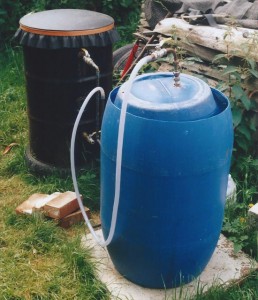 Home-made biogas anaerobic digester
Home-made biogas anaerobic digester
 Farm Hack : growing innovative open-source agriculture
Farm Hack : growing innovative open-source agriculture
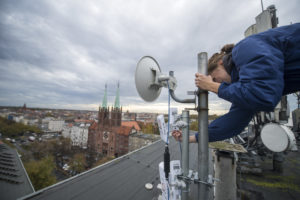 Resilient networks: building a low-tech internet
Resilient networks: building a low-tech internet
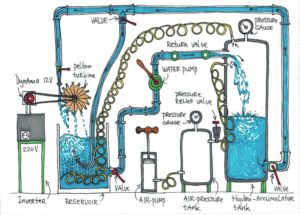 The great Human Power Plant experiment: an update
The great Human Power Plant experiment: an update
 In praise of the wheelbarrow: low-impact transportation at its best?
In praise of the wheelbarrow: low-impact transportation at its best?
 Feeding the Human Power Plant: can calories be carbon-neutral?
Feeding the Human Power Plant: can calories be carbon-neutral?
 The Human Power Plant experiment: how many hours of power generation a day?
The Human Power Plant experiment: how many hours of power generation a day?
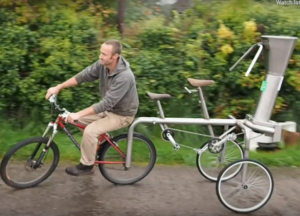 Introducing the Velojuicer – pedal-powered apple scratter
Introducing the Velojuicer – pedal-powered apple scratter
 How to Convert your Washing Machine to Pedal Power 1 – The Basic Model (Front-loader)
How to Convert your Washing Machine to Pedal Power 1 – The Basic Model (Front-loader)
 Biogas
Biogas
 Pedal-powered machines
Pedal-powered machines
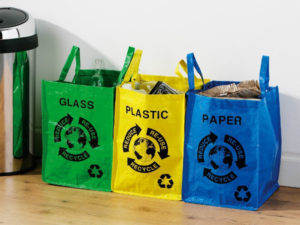 Recycling, reusing & repairing
Recycling, reusing & repairing


